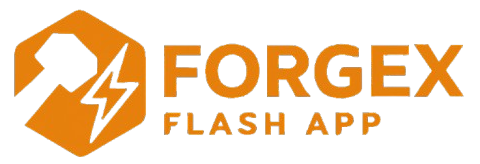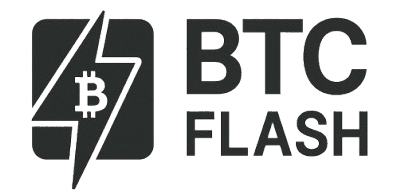Testing Bitcoin transactions in live environments can be risky, slow, and costly—especially when working on early-stage wallet applications or blockchain-based services. A flash Bitcoin tool for testing allows developers and QA teams to simulate transactions instantly, without touching the real Bitcoin network.
This guide explains how these tools work, why they’re useful, and how to implement them for wallet development, user interface testing, and blockchain education.
What Is a Flash Bitcoin Tool?
A flash Bitcoin tool is a simulation utility that creates fake Bitcoin transaction data for use in wallets, applications, and blockchain interfaces. These transactions are not recorded on the Bitcoin blockchain and carry no real value—they’re strictly for internal testing and training purposes.
Why Use Flash Bitcoin Tools in Testing?
1. Speed and Convenience
Simulated transactions occur instantly, eliminating the need to wait for blockchain confirmations.
2. No Risk of Loss
No real BTC is used or moved, so there’s no risk of asset exposure or wallet errors resulting in financial loss.
3. Customizable Test Scenarios
Create transaction data with custom wallet addresses, amounts, timestamps, and statuses such as pending, confirmed, or failed.
4. Ideal for QA and Debugging
Run repeatable test cases, simulate edge conditions, and verify that your wallet or crypto app handles all scenarios as expected.
Key Features of Flash Bitcoin Testing Tools
- Fake transaction hash generation
- Custom sender and receiver address inputs
- Settable status: unconfirmed, confirmed, failed
- Transaction logs that mirror blockchain formatting
- Works in offline or staging environments
- Compatible with web and mobile wallet apps
Ideal Use Cases
- Wallet development and prototyping
- User interface and experience validation
- Developer training and onboarding
- QA testing of transaction-related features
- Demo preparation without mainnet usage
Responsible Use of Flash Tools
Flash Bitcoin tools should be used only in:
- Internal development
- Testing environments
- Training and demo purposes
They must not be used to:
- Mislead users into thinking real funds are involved
- Simulate balances in production systems
- Impersonate legitimate blockchain activity
Clearly label any test environment and simulated data to avoid confusion.
Conclusion
Using a flash Bitcoin tool for testing is a smart way to speed up development, improve product quality, and create a safe, repeatable process for validating wallet features and transaction logic. These tools are essential for developers and QA teams working with Bitcoin-based systems who need efficient and secure methods for simulation.
Whether you’re building a wallet, testing a transfer flow, or training a new team, flash tools let you simulate BTC transactions confidently—without the cost or complexity of live blockchain interactions.


